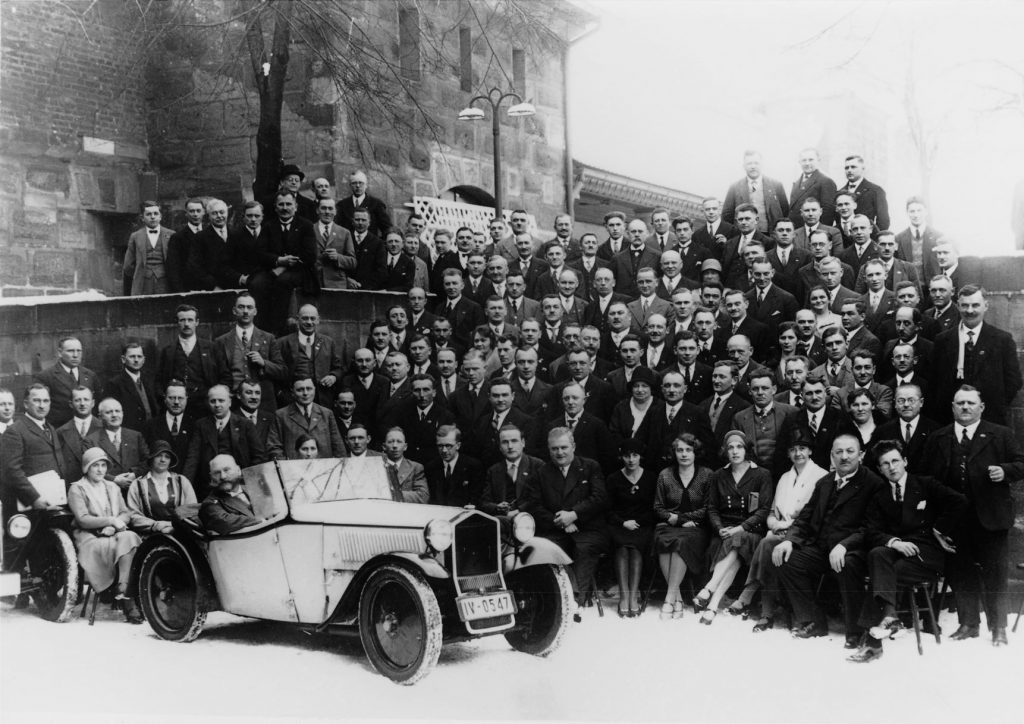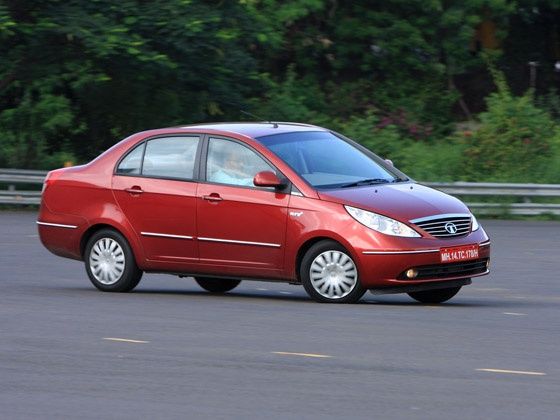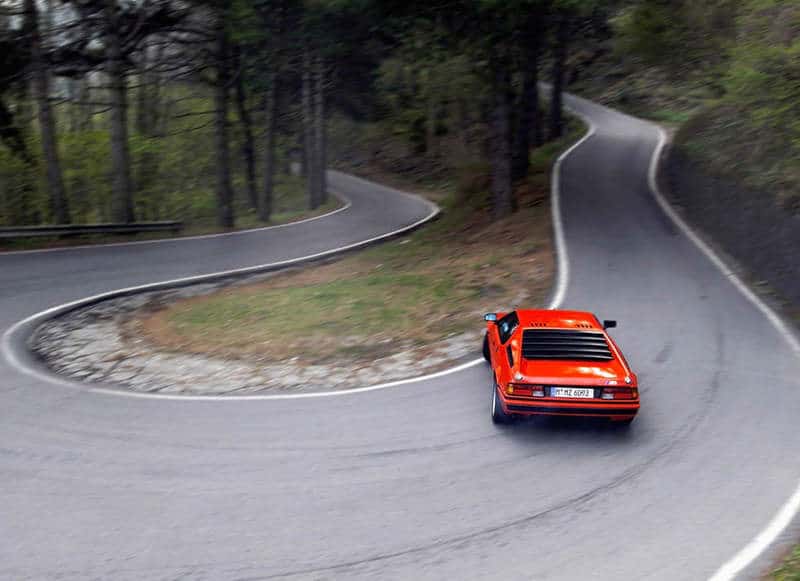INCREASINGLY, MODERN CARS ARE driven by the front wheels rather than the rear (other than those that send drive to all four wheels, of course).
Front-wheel drive has almost become the default due to five critical factors: safety, packaging, handling, roadholding and traction.

History
The first mass-produced front-wheel drive car is generally accepted to have been built by DKW. The F1 “Front” was a 600cc, 18bhp (13.4kW) two-stroke twin, built at Audi’s Zwickau factory between 1931 and 1942. It was more than an oddity; DKW was building them at the rate of 800 a month.
Hot on the heels of the DKW, Citroën built the 7A from 1933, after André Lefèbvre convinced his boss, André Citroën of the front-wheel drive advantages. Lefèbvre’s argument was that FWD would endow the Citroën with the stability of an arrow and improve traction.
It took a few years for the idea to catch on, but the big leap forward came when the Mini was launched in 1959. With its engine mounted transversely, rather than longitudinally, and doing away with the space-hungry transmission tunnel, freed up interior room.
It was a formula that has been followed by small cars ever since.

Inherent safety advantages
Front-wheel drive has a natural inclination to understeer, unlike rear-wheel drive that tends towards oversteer. Oversteer is where the rear end starts to move outwards when cornering; understeer is where the front end starts to push wide when cornering.
Understeer is a desirable characteristic for the simple reason that you can see what you’re about to hit. That’s not a flippant statement: the front of the car contains the crash structure.
When a car is cornering, the angle between the tyre’s direction of travel and the direction which it actually pointing is called the “slip angle”. When the slip angle of the front tyres increases more than the slip angle of the rear tyres, the result is understeer. Should the opposite happen (greater slip angle on the rear tyres than the front), oversteer results.
Understeer is the safer and more stable condition because as the nose of the car runs wide, the radius of the circle around which the car is travelling increases and the problem is reduced. Conversely, when a car begins to oversteer, the radius of the corner decreases, making things progressively worse.

Protecting drivers from themselves
You’ll often hear drivers (especially those who think they are great drivers) argue that they prefer oversteer (hence the reason most sports cars and performance cars are rear-wheel drive). For most drivers, however, the preference is for a car to stop steering once it reaches the limit of its grip.
FWD cars will “power understeer” in corners because the contact patch of each front wheel is being asked to handle three different functions at the same time: traction, steering and cornering. Should the driver lift off the accelerator suddenly in mid-corner (a natural and understandable reaction when a driver feels that he has exceeded his comfort zone), the weight transfers to the front of the car and the nose tucks in.
In extreme cases, this sudden “yaw reversal” can result in the tail snapping out of line. It isn’t difficult to get deeper into understeer than you realise, or when your bravado deserts you and you back off, the outcome is not so much oversteer as an enormous input of yaw (trying to correct this can result in what is commonly called a “tank slapper”). All that is happening is the car simply jumping back to where it wanted to be.

FWD downsides
Naturally, it isn’t all roses with FWD.
One of the major downsides is “torque steer”. You’ll feel it through the steering wheel as it tugs and pulls the car to one side or the other.
Torque steer is the outcome of several factors, including the torque (pulling power) that is being transmitted by the driveshafts generating a corresponding torque in the kingpins. A variation in traction from one side to the other, differences in the amount of torque each driveshaft transmits and even movement in the engine mounts can all contribute to the effect. It’s less of a problem on modern cars, but can be a real issue on some older cars.
Front-wheel drive will never cut it if you’re a fan of drifting and lurid tail slides. But for the majority of drivers, it’s the ideal solution.
